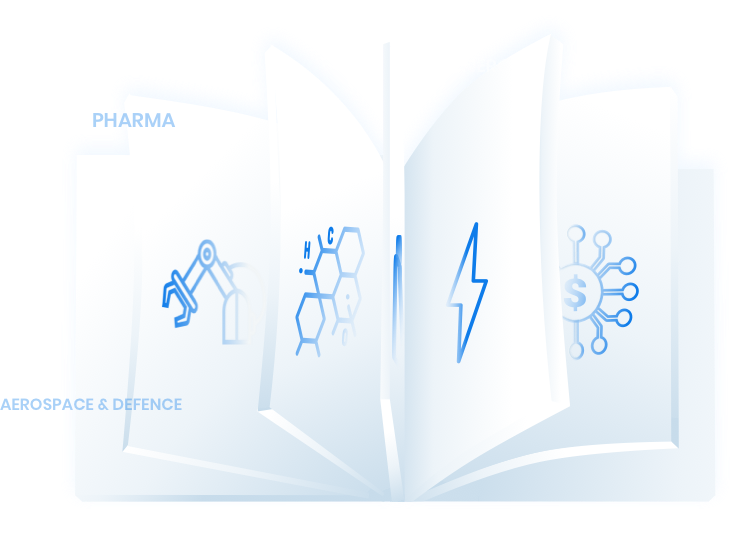CoreTigo



Start-Up Nation Central
Balluff [CTAR, PM/Pilot], Zimmer[CTAR, PM/Commercial], ifm [APY, RW/Commercial], SKF [APY, RW/Commercial]


Start-Up Nation Central
What Challenges are you solving in this industry
-
Automation using robotics [CTAR]
-
Improving Availability and Reducing downtime (i.e predictive maintenance reliability) [PM]
-
Improving Process Productivity/Yield - Asset/Process performance management [APY]
-
Remote work [RW]
Description of solution
The automotive industry relies on cable-based communication for its production and assembly lines. Yet, this makes it limited in many aspects.
IO-Link Wireless is an extension of the industrial-grade IO-Link communication protocol, and it enables the most reliable and scalable wireless communication that can achieve cable-grade performance, even in the harsh automotive manufacturing environments.
Cables running along robotic arms and linear robots limit the full range of flexibility and motion, in addition to being subject to wear and tear.
IO-Link Wireless enables using grippers, vacuum components, and sensors on robots and machinery on the automotive production and assembly lines without the need for complex cable deployments. In many cases, wireless communication enables applications that were not applicable prior to it.
In addition, automotive manufacturing lines are required to collect a vast amount of meaningful data from numerous sensors in the most cost-effective manner on existing and new machines.
An industrial wireless solution enables ongoing data collection from packaging machines from hundreds of sensors within a single machine area.
What is the value you bring to your customers?
Using IO-Link Wireless communication in the automotive industry enables eliminating complex cabling, reducing machine downtime, and enhancing productivity.
It also enables remote operation by the line operators which is not restricted to cables.
Preventing costly cable deployments and maintenance turn IO-Link Wireless into a more cost-efficient operation method, cutting down the TCO while being much more scalable and reliable over time.
A torn cable can stop a machine’s operation, which leads to maintenance costs, unplanned downtime, and delays in manufacturing. A cable-grade wireless communication solution can mitigate such risks and enable continuous machine operation.
Automotive manufacturers are required to focus on analytics to stay competitive and successful.
Measuring and analyzing the line performance can improve the quality of the product, reduce waste, increase line speed, prevent unplanned downtime, and enable manufacturers to set future priorities.
Depends on the application, we have wide range of applications. It can be couple of weeks up to several months.





